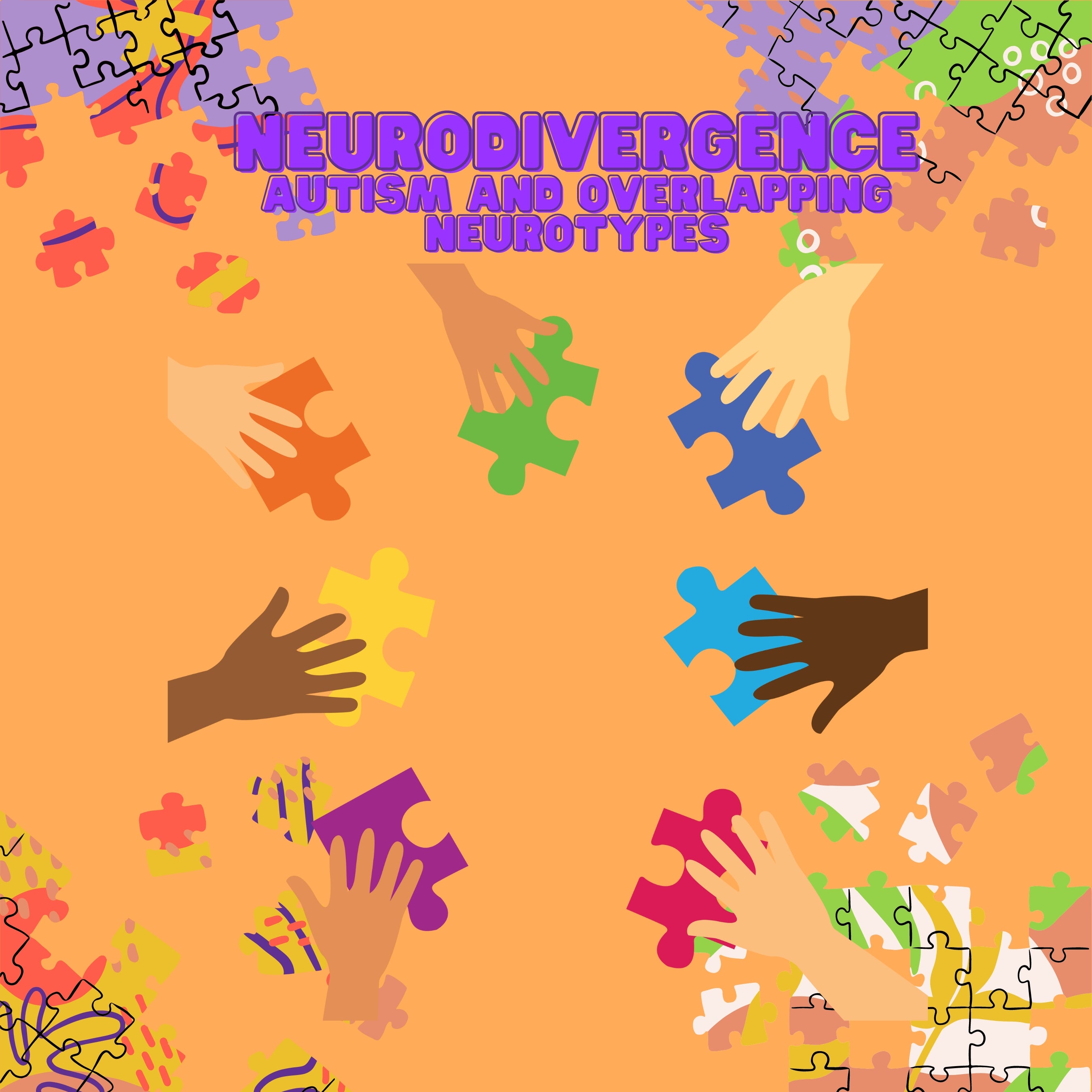An Intricate Tapestry of Neurodivergence
Every human brain is a marvel of complexity, with billions of neurons that communicate and create a landscape of thoughts, emotions, and perceptions. This tapestry isn't created with just one pattern, but with many of unique designs. Just as biodiversity ensures a rich and diverse ecosystem, neurodiversity gives us many different perspectives, contributing to human progress and understanding.
In this blog, we will dive into the concept of neurodivergence, focus on Autism Spectrum Disorder (ASD), and examine the overlaps and common comorbidities with other neurotypes.
Unveiling Neurodivergence
The term 'neurodivergent' was coined by the autism community to challenge the notion that there is a standard, 'normal' brain configuration. Instead, neurodivergence recognizes the natural and valuable variations in the human brain. This includes conditions such as autism, ADHD, dyslexia, and many others.
Many of these conditions have traditionally been pathologized and framed as disorders or disabilities. But this lens can be limiting, reducing a person's identity to a diagnosis. Embracing neurodivergence offers a more humanizing view, highlighting not just the challenges, but the unique strengths and contributions of neurodivergent individuals.
Autism: A Different Perspective
Let's take a closer look at autism, a shining example of neurodivergence. Autism is characterized by differences in social interaction, communication, and a pattern of repetitive behaviors or interests.
However, characterizing autism solely by its challenges doesn't capture the full picture. Autistic individuals often have unique strengths, like keen attention to detail, strong adherence to routines, exceptional memory, or an intense interest in specific subjects. They often perceive the world in ways that neurotypical people may miss, offering fresh insights and perspectives.
The Neurodivergent Spectrum: Overlap and Comorbidities
The world of neurodivergence isn't comprised of isolated islands. There's a overlap between different neurotypes. For example, it's not uncommon for an individual to be both autistic and dyslexic or to have ADHD and autism.
ADHD, or Attention Deficit Hyperactivity Disorder, has common traits with autism, such as difficulties with executive functioning or sensory processing. Similarly, dyslexia, a learning disorder affecting reading and related language-based processing skills, can overlap with autism in areas like information processing and phonological recognition.
These overlaps aren't coincidental. Neurodivergent conditions often stem from shared genetic, neurological, or environmental factors. Understanding these connections can provide a better understanding of neurodivergence and help develop inclusive support strategies.
Concluding Thoughts
Neurodivergence invites us to celebrate the diversity of the human mind. It challenges us to look beyond labels and see the individual and their unique way of interfacing with the world. While neurodivergent individuals may face specific challenges, they also bring amazing abilities and perspectives to our shared human tapestry. Let's embrace this diversity and work towards a world where all minds are understood, valued, and nurtured.
Next time on the blog, we'll dive deeper into neurodivergent experiences, highlighting personal stories, innovative research, and strategies for creating inclusive environments. Stay tuned, and don't forget to share and comment if you found this article helpful.


